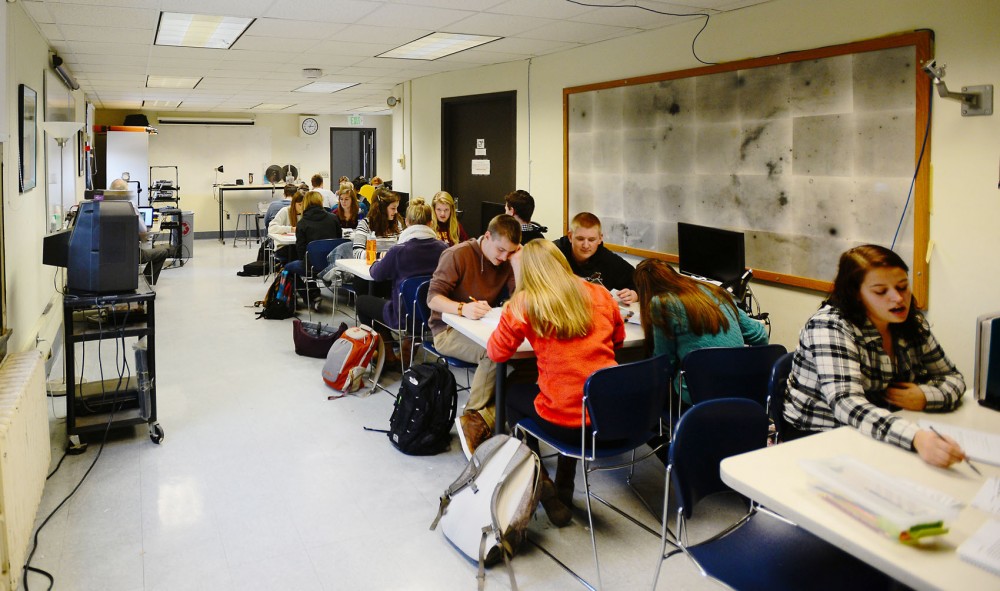Gov. Mark Dayton’s bonding proposal fell nearly $114 million short of the University of Minnesota’s 2014 capital request.
Though Dayton’s plan — released Wednesday — provides complete funding for only three of the six construction projects included in the University’s $232.7 million proposal, some administrators still say the institution is in a good place to begin
lobbying this legislative session.
The recommendation, which included funding for projects statewide, allocates more than $118 million for the University — including $40 million for improving or maintaining existing campus buildings, or Higher Education Asset Preservation and Replacement funding.
The recommendation also sets aside $56.7 million to renovate the Tate Laboratory of Physics and $12 million for the University’s research laboratory improvement fund, which would help renovate the Minnesota Aquatic Invasive Species Research Center and bee laboratories on the St. Paul campus.
Board of Regents chair Richard Beeson said critical University projects are included in Dayton’s proposal, and it’s a good start for the school as it makes its case for state funds this legislative session.
The proposal also includes $10 million to renovate the Wellness Center on the Crookston campus.
The recommendation doesn’t include any of the University’s $30 million request for a new microbial sciences research building on the St. Paul campus or $24 million for a new chemical sciences and advanced materials building on the Duluth campus.
Minnesota Management and Budget Commissioner Jim Schowalter said the state has many competing needs. The governor received $2.8 billion in requests, and $986 million was included in the bonding proposal.
“We tried to largely follow the University’s own rating and rankings of the things they were looking for,” he said.
The University is asking for $100 million in HEAPR funding in its 2014 capital request. Schowalter said Dayton allocated $40 million to make sure specific spending is done and the amount is more on track with the University’s prior request.
In 2012 — the last year there was a large bonding bill at the Capitol — the governor recommended $20 million for HEAPR funding when the University requested $90 million.
University lobbyist Jason Rohloff said the proposal overall is a good “starting position” for the University’s request.
“We would have liked to have seen the microbiology building included [and] the material sciences building included, and we would have liked to see a larger HEAPR number,” he said.
In a statement released Wednesday, University President Eric Kaler said the University will continue to work with the governor and state legislators this session to fully fund the University’s bonding request.
The Minnesota House and Senate will announce bonding recommendations next month, and on Jan. 30, the House’s capital investment committee will tour the St. Paul campus to review the bonding requests.
“I’m pleased Gov. Dayton is supporting some very important facility investments for our students,” Kaler said in the statement. “His bonding bill is a great starting position, and we look forward to building on our partnership with the governor and legislators to support the U.”








